Loading...
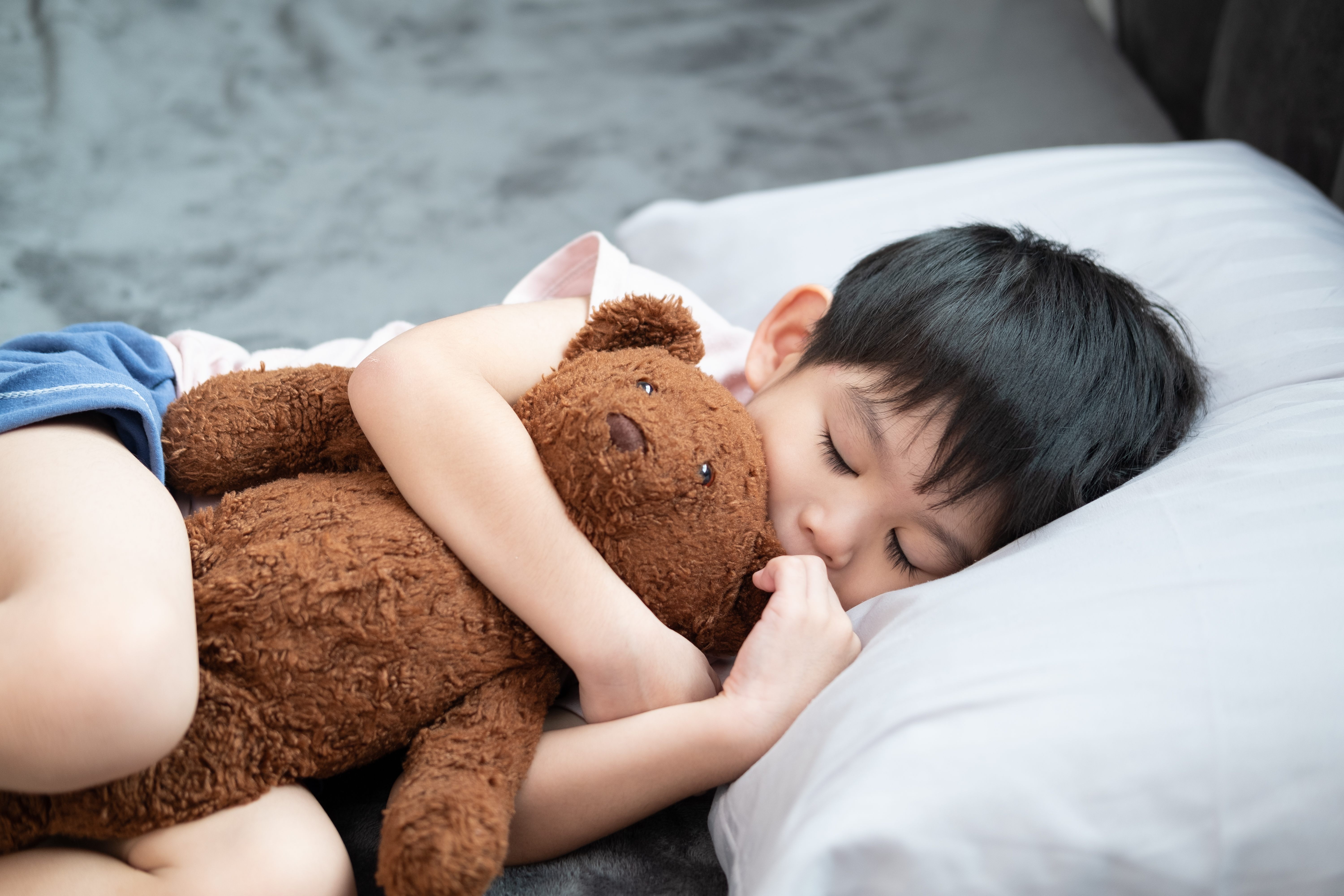
For years, bedtime routines have included a familiar cast of characters—baths, storybooks, nightlights, and more recently, screens.
But more and more parents today are making a subtle shift: replacing screen-based content with immersive audio experiences.
Why? Because audio, it turns out, is not only relaxing and engaging for children but also better aligned with the way young minds wind down for rest.
A 2018 literature review found that 90% of studies examining youth screen media use reported a link to later bedtimes and/or reduced total sleep duration.
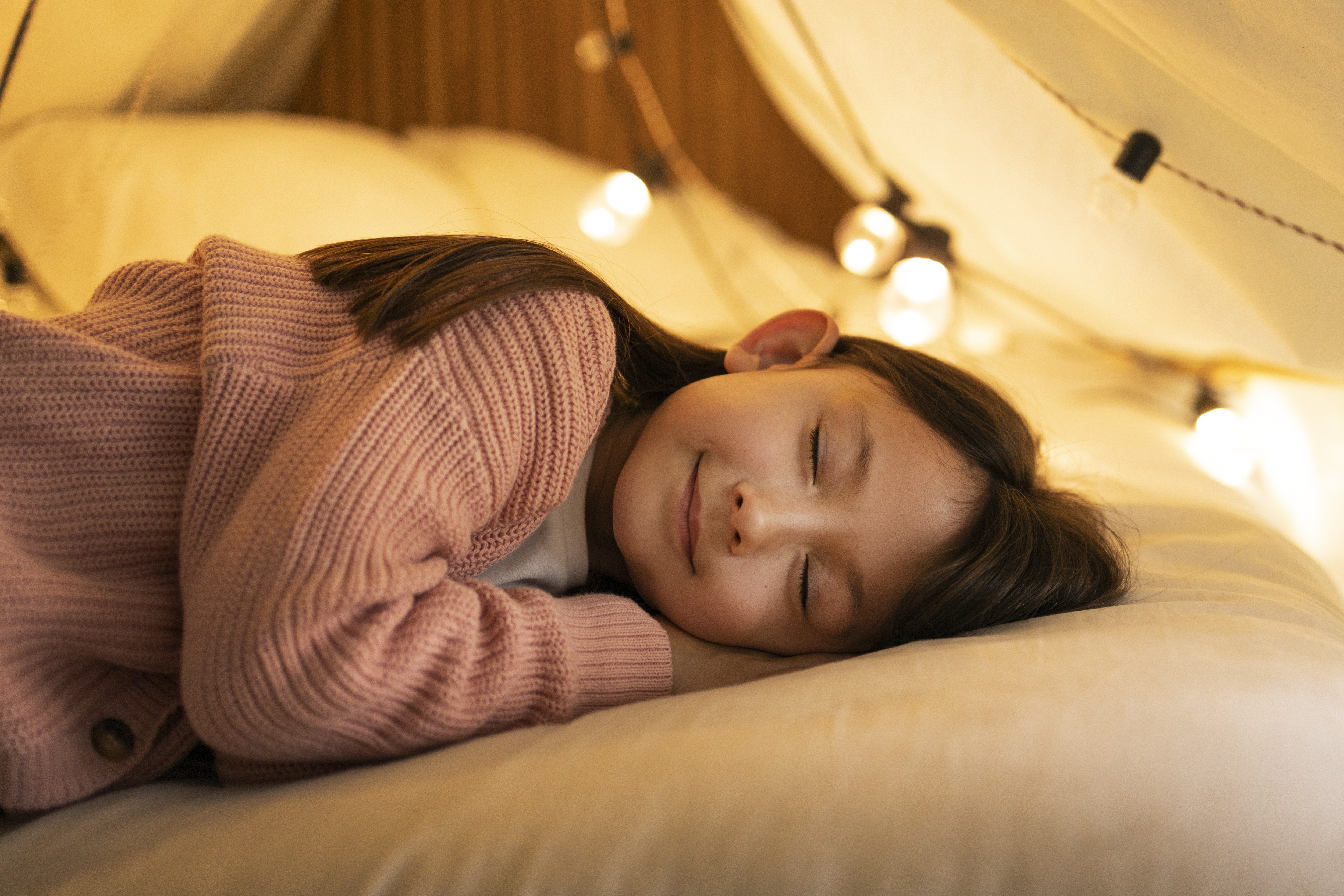
Image from Freepik
Why Audio Makes Sense at Night
Bedtime is when a child’s nervous system needs to shift from high-alert to low-arousal.
Yet many bedtime rituals include activities that keep the brain switched “on” — visual stimulation, bright lights, and rapid story pacing. Audio takes a different route.
Parents today are looking for calm, focused, and imagination-rich ways to help their kids transition from busy days to restful nights.
While screens can be stimulating, audio offers an alternative that encourages creativity without overstimulating the brain.
Let’s be honest—bedtime isn’t always easy.
Between overstimulation, busy schedules, and end-of-day fatigue, it can be tough to create a moment of calm connection. That’s where audio shines.
Modern Bedtime Needs a Modern Solution
Bedtime in most homes isn’t all fuzzy slippers and lullabies. There’s resistance, delay tactics, overstimulation, and, for parents, exhaustion.
Today’s Parenting Challenges at Night
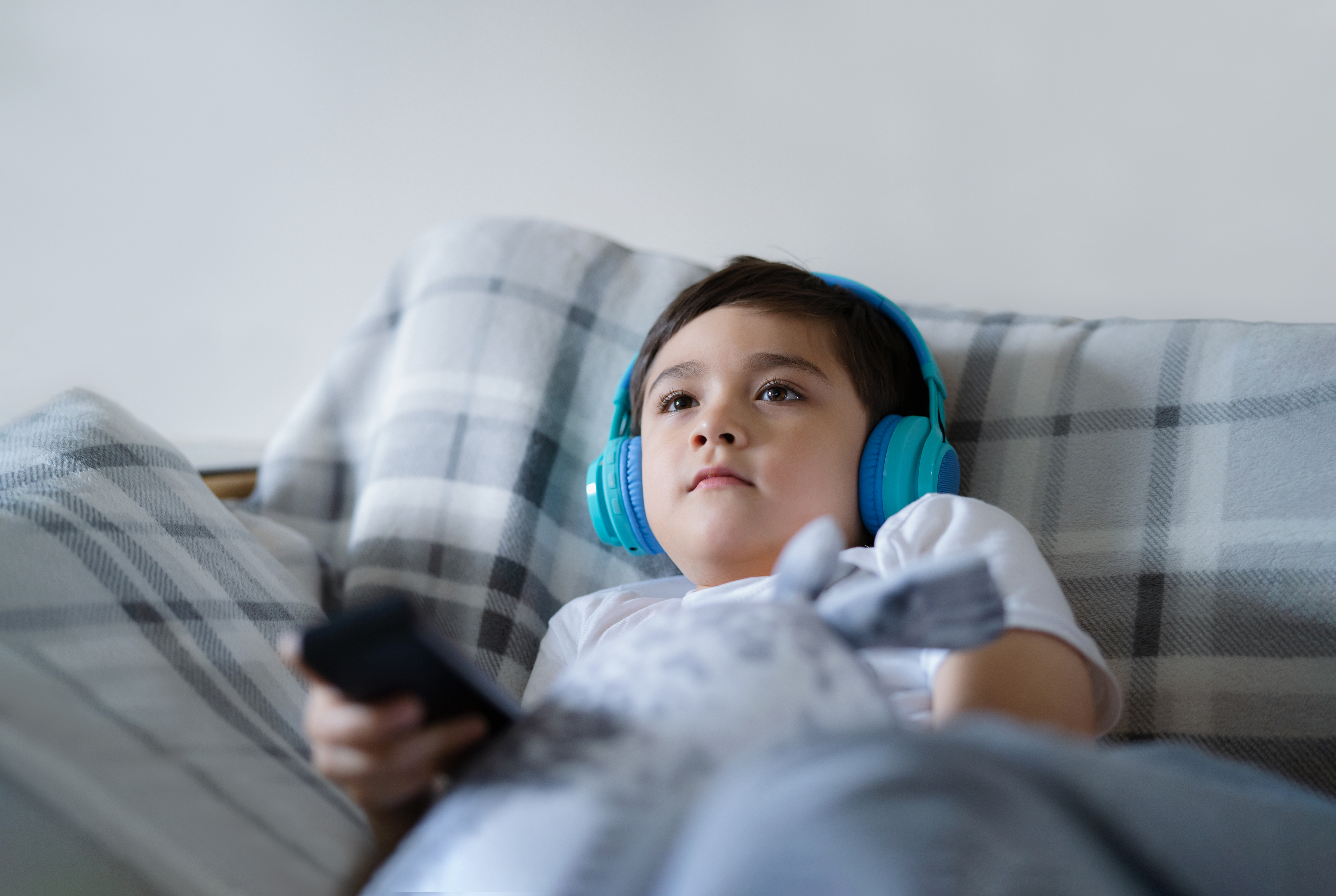
Image from Freepik
That’s where audio steps in—not just as entertainment, but as a sensory bridge between the chaos of the day and the calm of sleep.
The Neuroscience of Listening at Night
From Passive Listening to Active Imagination
Unlike video, audio activates the imagination center of a child’s brain.
With just their ears and minds, children visualize characters, build settings, and immerse themselves in narrative worlds.
This form of storytelling encourages creativity and focus, especially important before sleep.
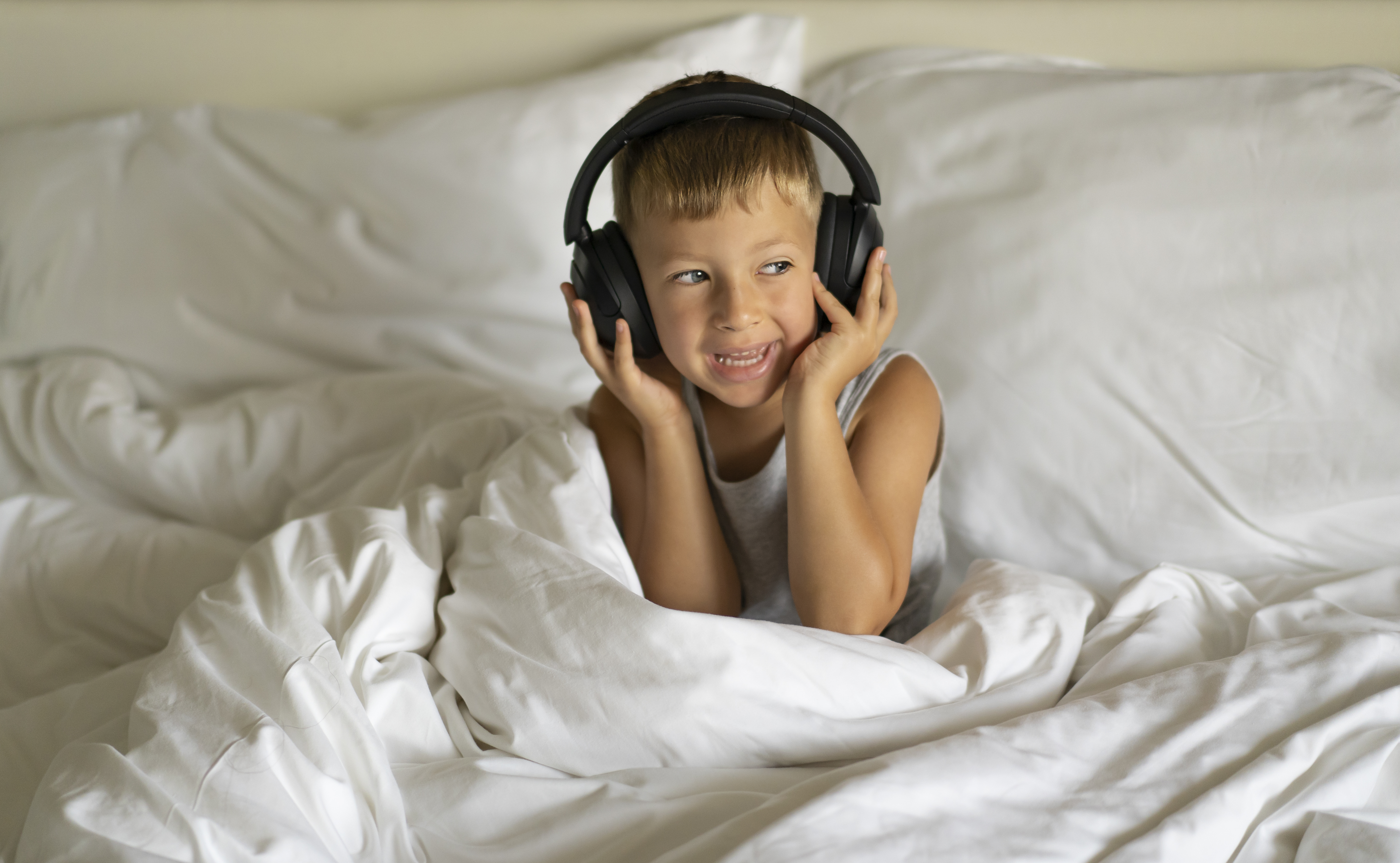
Image from Freepik
Types of Audio Content That Work Best for Bedtime
Not all audio is created equal.
The best bedtime content is dramatized, paced, and emotionally warm—with gentle music, soothing narration, and imaginative settings.
Recommended Formats
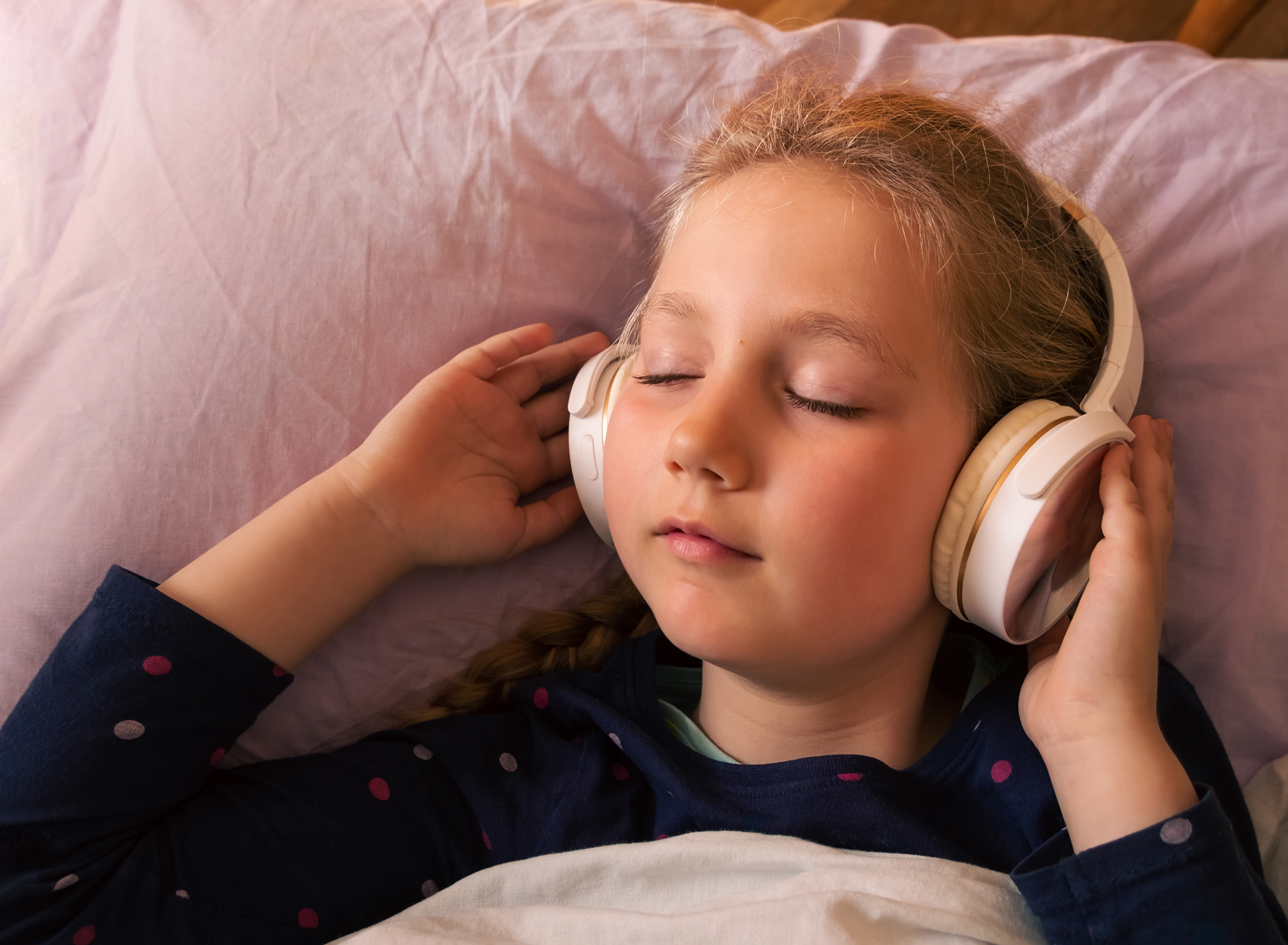
Image from Freepik
Voice AI: A New Tool in the Bedtime Toolbox
With advances in voice AI, audio content has gone from static to interactive. Children can now talk to magical characters, ask bedtime riddles, or even create their own stories before sleep.
What Does This Look Like?
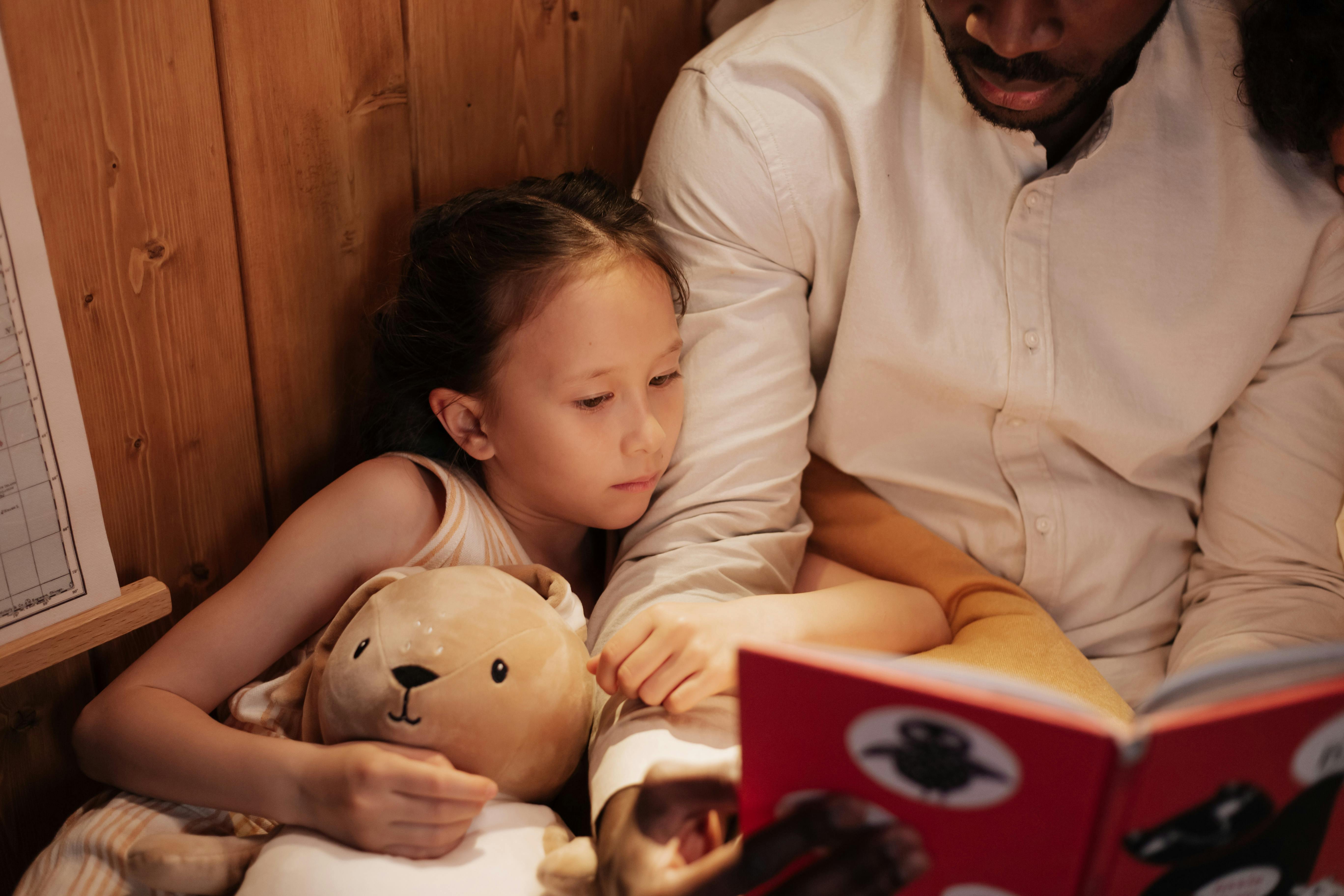
Image by Ron Lach from Pexels
This kind of voice-first, AI-enhanced storytelling adds a magical, deeply personal layer to winding down.
What to Do If You’re Just Getting Started
Don’t worry—you don’t have to overhaul everything. Small, consistent changes make the biggest difference.
Setting Up Your Child’s Audio Sleep Routine
Starter Toolkit
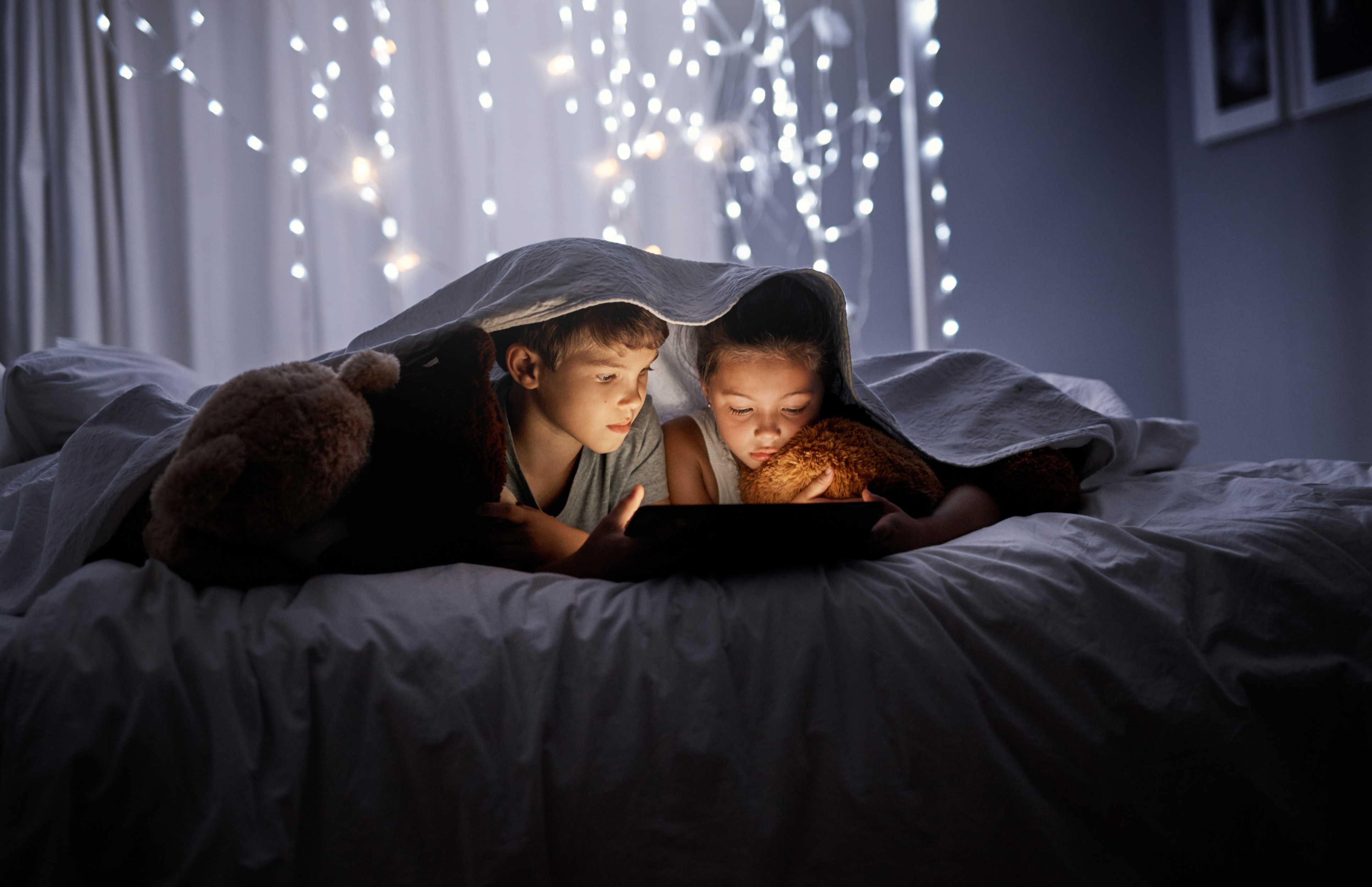
Image from Freepik
4 Simple Steps to Add Audio to Bedtime
In a world wired for visual overload, bedtime audio brings something beautifully simple: a quiet moment of connection and calm.
Unlike passive media, audio creates mental room for children to reflect, decompress, and prepare their bodies and minds for rest.